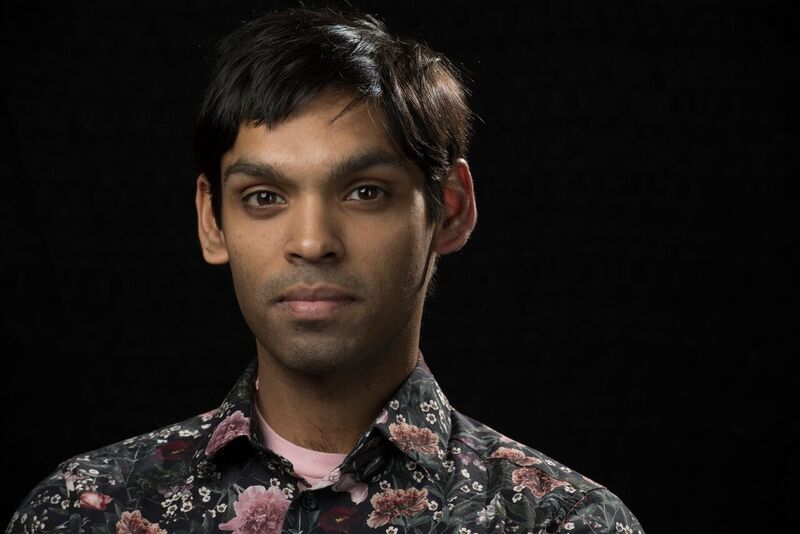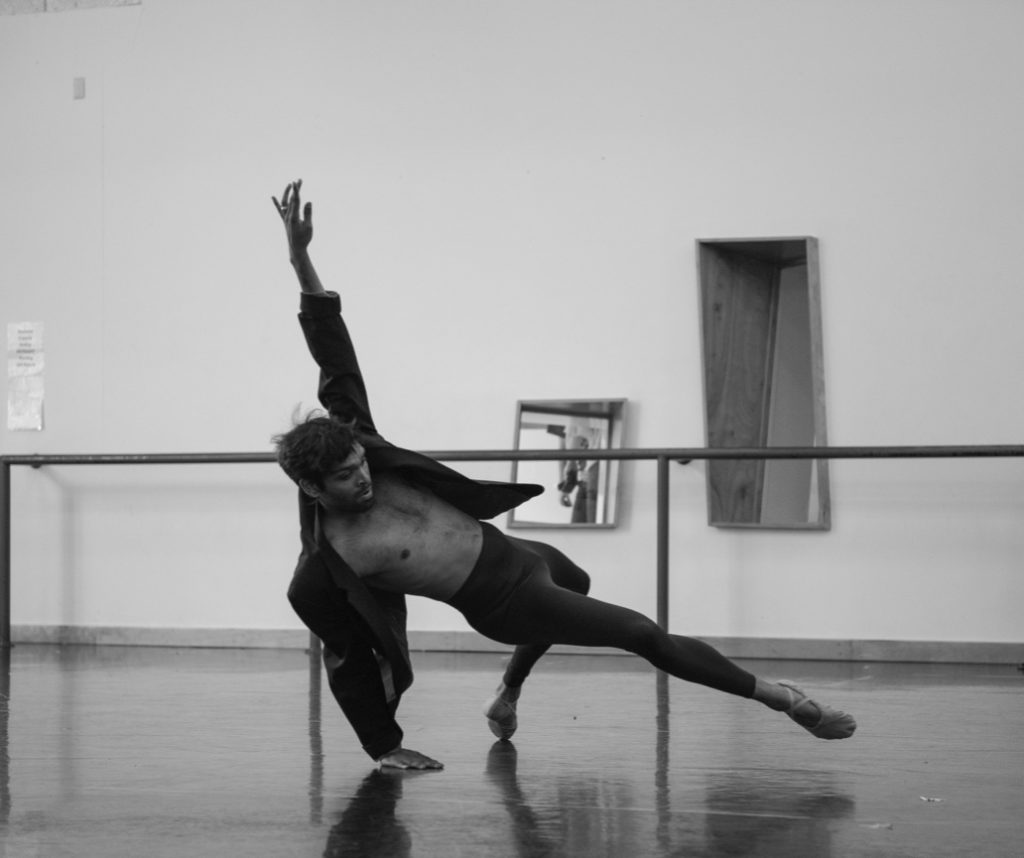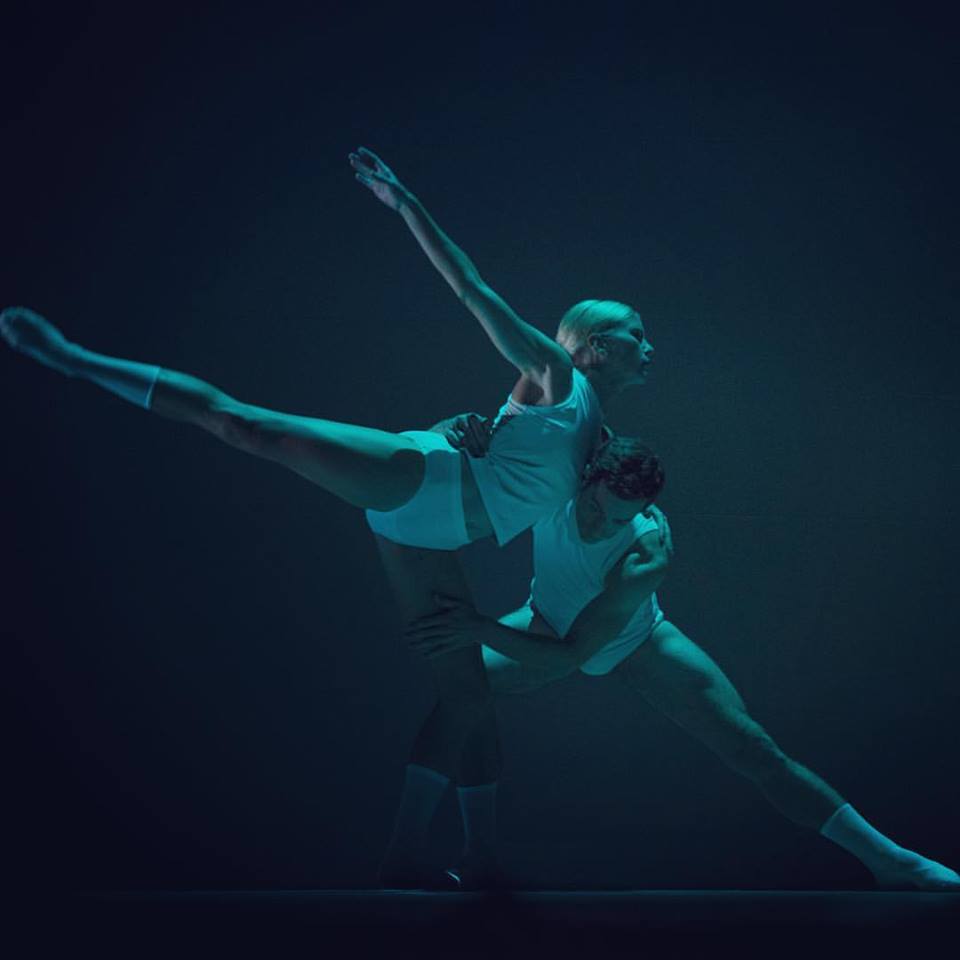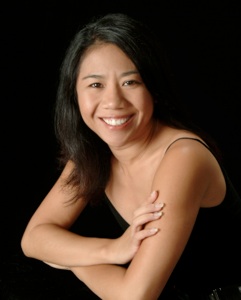Interview by Keith Waits. Photographs by Sam English.
Entire contents are copyright © 2020 by Keith Waits. All rights reserved.
Sanjay Saverimuttu joined Louisville Ballet in 2012. Since then he has had the opportunity to dance in many classical full-lengths as well as a variety of works by acclaimed choreographers such as Adam Hougland, Val Caniparoli, and George Balanchine. Sanjay is also an aspiring choreographer and has had works featured in Choreographers’ Showcase and Prelude for Botanica. He was also a participant in the 2016 Visions Choreographic Competition at Ballet Arkansas.
Additionally, Sanjay has choreographed for the Louisville Ballet Youth Ensemble dancers and his work was selected to be performed at the RDA/Southeast Festival in 2018. Sanjay currently teaches the boys class in the Classical Ballet Program.
1. What is the next performance you are/were scheduled to do?
We were supposed to end Louisville Ballet’s season with a world premiere, Kentucky Vol. 1, by our artistic director, Robert Curran. I also choreographed a new work on the Louisville Ballet Youth Ensemble which was supposed to premiere in mid-May that also had to be canceled. It’s a shame in both cases because there were dancers meant to take their final bows (either retiring or seniors graduating), that were denied that opportunity after years of investment and hard work.
2. When did you first know you wanted to be a dancer?
I started dancing at a young age because my aunt owned a ballet studio and I grew up in the middle of it all. Ballet has always been a part of my life and I wanted to keep the option of a professional career out there, but I didn’t really settle on it until the middle of my undergrad at Stanford. Everyone there seemed to be very passionate about the fields they were studying, and for me that comparable passion was in dance, not my area of study. Also when I studied abroad in South Africa, I worked with an organization that gave ballet classes and specialized training for underprivileged youth in the townships, and then I really saw the power the arts can have on people’s lives. I wanted to be a part of that.
3. Is there a ballet you are longing to do but haven’t done yet?
In terms of classical ballets, I’ve been fortunate enough to have been in most of them, except Don Quixote, so that would be on the bucket list. I’d love to be a part of Jerome Robbins’ The Concert, it isn’t often we get to do something comedic and fun, and I live for those moments when I can get the audience to laugh (for the right reasons).
4. What has been your most difficult role or performance?
I think stamina-wise, Square Dance by George Balanchine is what we’d call “a puffer” for everyone, but definitely a fun one to dance. I think there was added pressure for that show because it was part of the first triple bill put together by Robert when he joined, so it was both mental and physical pressure.
5. You are also a choreographer, and your work has been featured many times in the studio showcases, how much of your creative energy goes to choreography, and how much to performing?
Choreography is definitely a future career path, and because a career as a dancer can be so short, I think I always have my mind on what’s next. Even in the studio when I’m learning a work, in the back of my head I’m paying attention to how does the choreographer communicate, how do they structure their work, what is, and isn’t working in this process? It’s this act of gathering information to inform my own craft down the line. It’s that same mentality that helped me become a dancer, as I studied other dancers to see how they approached steps and movement. Since I’m currently a dancer, it wouldn’t hurt if I focused a little more on my craft as a dancer.

6. When you choreograph, who is your most important inspiration?
In terms of other choreographers I admire, I love works by Crystal Pite, Akram Khan, Annabelle Lopez Ochoa, Alejandro Cerrudo, and David Dawson. But as I get older I feel I’ve come up with my own way of creating and my own movement vocabulary. I’m more inspired by themes and stories that aren’t traditionally showcased in the ballet world, which is often dictated by white straight men. Lately when I’m in the middle of reading, I’ll get triggered by a thought or concept that would be fun to explore through movement. I’m an avid reader and I try to read from a diverse list of authors and perspectives, and I want to see that reflected in the art I consume too.
7. As a dancer, is there a difference in dancing classic or contemporary movement?
Classical ballet will always be my home base, I’ve invested so many years in that training so it’s comfortable. As I get older I think I tend to prefer doing classical ballets as a dancer, it’s a little easier to know what you’re striving for. Contemporary movement is fun, but it really depends on the choreographer because everyone has their own interpretation of it. It tests your ability as a dancer to figure out their movement language and how to make it work on your body and abilities.
8. Besides Louisville, what other places have you worked?
Louisville Ballet was my first job out of college. I’ll often do freelancing dance gigs at the studio I trained at in Boca Raton, Florida, but Louisville has been my main home as a creative.
9. Do you have work outside of dance, and if so, are you able to do it right now?
I do teach both in the Louisville Ballet School and at a studio in Elizabethtown and haven’t been able to do either of those jobs. Freelancing gigs for our offseason are also not possible, and as I mentioned earlier, choreography gigs have been canceled as well. It’s a tough time.
10. What has been your quarantine playlist?
I’m a weirdo and rarely listen to music unless I’m looking for something for choreography or I’m on a run (otherwise my easy listening is an audiobook or a podcast). I’m making a deliberate effort to use female composers when I choreograph, and given how sexism affects the music industry (and our taste), sometimes that can be difficult. I’m intrigued by Molly Joyce at the moment. When I’m on a run, usually it’s RuPaul. The gayer the better.
11. What book is on your bedside table?
All the books. Today is a meeting for an LGBT Book Club which I help facilitate (https://www.facebook.com/groups/loupridebookclub/) so our latest read “Juliet Takes a Breath” by Gabby Rivera is on there so I can figure out discussion topics. Currently reading “Butch Queens Up in Pumps” by Marlon Bailey, which is a look at Ballroom culture and gender performance in Detroit. Also, fellow dancer, Kateryna Sellers, loaned me “Parable of the Sower” by Octavia Butler before quarantine and that has been patiently waiting for me, but I keep borrowing e-books from the library.
12. What is the first thing you will do when quarantine ends?
I need to move in a ballet studio, and with other people. The confines of being alone in a room in my house isn’t going to cut it for much longer. I’ve spent my whole life internalizing the ballet studio as a safe place to work on myself and be emotionally vulnerable, and attempting to do that from home has been a challenge for many of us.
Keith Waits is a native of Louisville who works at Louisville Visual Art during the days, including being the host of LVA’s Artebella On The Radio on WXOX 97.1 FM / ARTxFM.com, but spends most of his evenings indulging his taste for theatre, music and visual arts. His work has appeared in LEO Weekly, Pure Uncut Candy, TheatreLouisville, and Louisville Mojo. He is now Managing Editor for Arts-Louisville.com.






